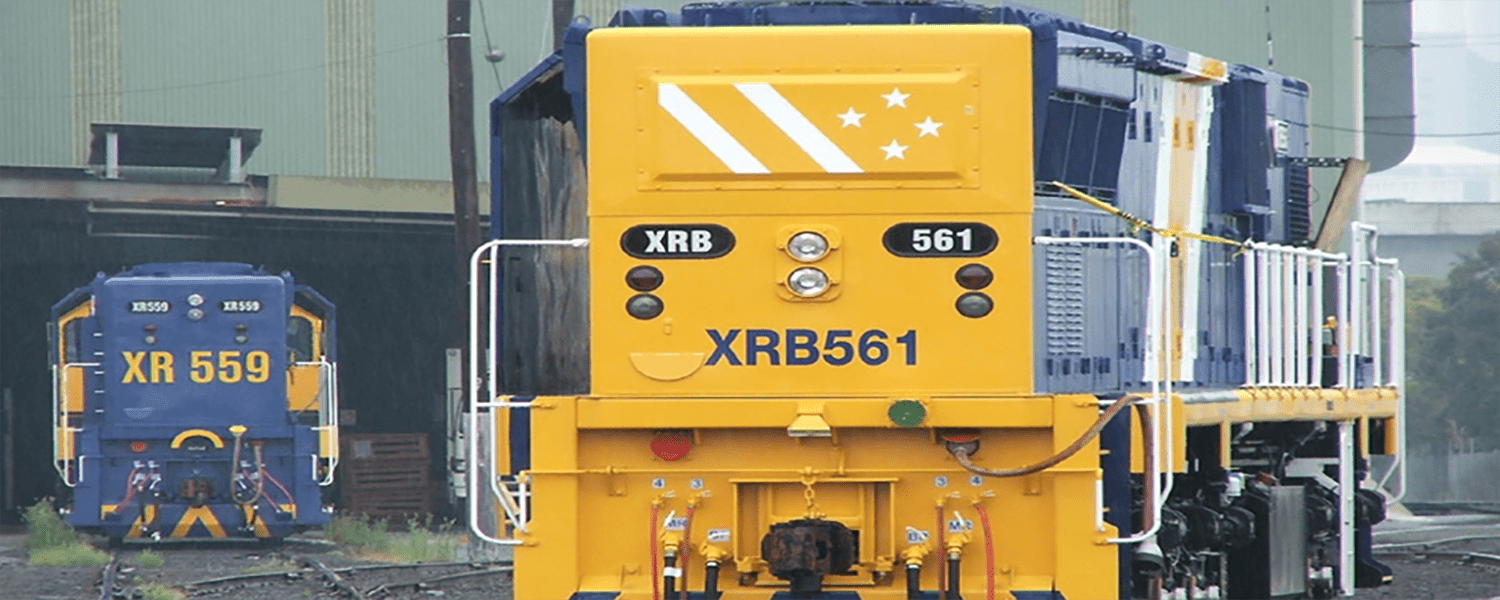
12 June 2019
Key Performance Indicators (KPIs) are an essential management tool in understanding current Asset performance and when scrutinised, they provide a means for evaluation of future asset performance and “what if” scenarios. There are many KPIs that can be used, but their efficacy is only as good as their specific influence on behaviors in the management of the assets in operation.
A balanced scorecard that is specific to the business is needed. However, in the early stages of the project (especially in an asset expansion or replacement environment), the most useful, though least used across many industries, is the Overall Equipment Efficiency (OEE). Beginning in the 1960s, it facilitated the evaluation of manufacturing operations efficiency and became commonly used in conjunction with lean manufacturing efforts as an indicator of success. An added benefit of this indicator was the ability to benchmark performance against others.
Today, modifying the OEE for your specific asset applications can provide significant understanding on asset efficiency and, although different examples can be derived on how to use this calculation, the aim going forward in this book is to explain its usage variability, so that it may be incorporated in your early asset assessment of needs.
The purpose of KPIs is to specify quantitative and qualitative mechanisms for assessment to enable a measure of performance that can then be managed. Although there are many variations (literally hundreds) and alternatives to KPIs in every industry, the most commonly used (excluding safety measurements) are in the chart below:
Typically, KPIs are developed with a sliding scale for achievement between 0 (not meeting requirements) and max % (fully meeting of requirements). These KPIs can be adjusted in line with the Planning Process Cycle to meet business requirements.
In determining what information to report about KPIs, preparers should also bear in mind the overriding tenets of business operating reviews. A business review should be a:
These three principles remain critical to transparent corporate reporting, and also the underpinning evaluation of asset use for possible planned changes.
In the past, OEE was predominately associated with production machinery as a performance indicator in conjunction with lean manufacturing efforts to provide an indicator of success, not heavy assets used in railroads or mines. But why not? Both involve production processes, and the impact of poor performance can be significant.
Many asset managers typically report Asset Reliability (mean time between failure or mean distance between failure) and Asset Availability (time asset is made available for production/operations), and view what Operations do with the asset. However, the combination of all of these can be a significant driver to understand how assets provide value and should be recognized as a significant influencer to determine capital investment if expansion is needed, or not. In effect, OEE is a metric to monitor how efficiently the asset is performing.
A structured, reliable, and cost-effective method of using indicators of maintenance, such as OEE in both the short- and long-term perspective of asset management can be extremely beneficial.
OEE represents the total amount of work related to the availability of process, performance, and quality. It also indicates to what extent the resources related to the equipment, personnel, and delivery quality and satisfaction are used.
In the context of heavy infrastructure operations, the calculation can be applied in a similar manner. The metric aims to reveal how well the infrastructure system manages to deliver agreed upon services. This can also easily be adjusted for a specific asset purpose based on the combination of specific KPIs, where and when combined provides a greater understanding of the asset’s real performance. For example, in application we can consider the following in the railroad application:
This output can indicate the actual effectiveness of the assets in operation. Let’s not only consider the effectiveness of assets individually, but also as an asset schedule, to provide a metric that forces improved understanding of asset deployment. The result can be a reduction in estimated assets required to be purchased. Hence it is a critical principle that simulations and assessment of OEE be undertaken to ensure that assets to be procured are as efficient as possible when deployed.
Another metric similar to OEE sometime used is Total Effective Equipment Performance (TEEP). In general, they are very closely related measurements that typically report the overall utilization of assets, and time and material for manufacturing operations. These top view metrics directly indicate the gap between actual and ideal performance. But to summarize the two side by side:
Read the final part of the series 'Value Engineering WILL add value'.
Explore all six parts of the 'Creating the Optimal Asset Series'.